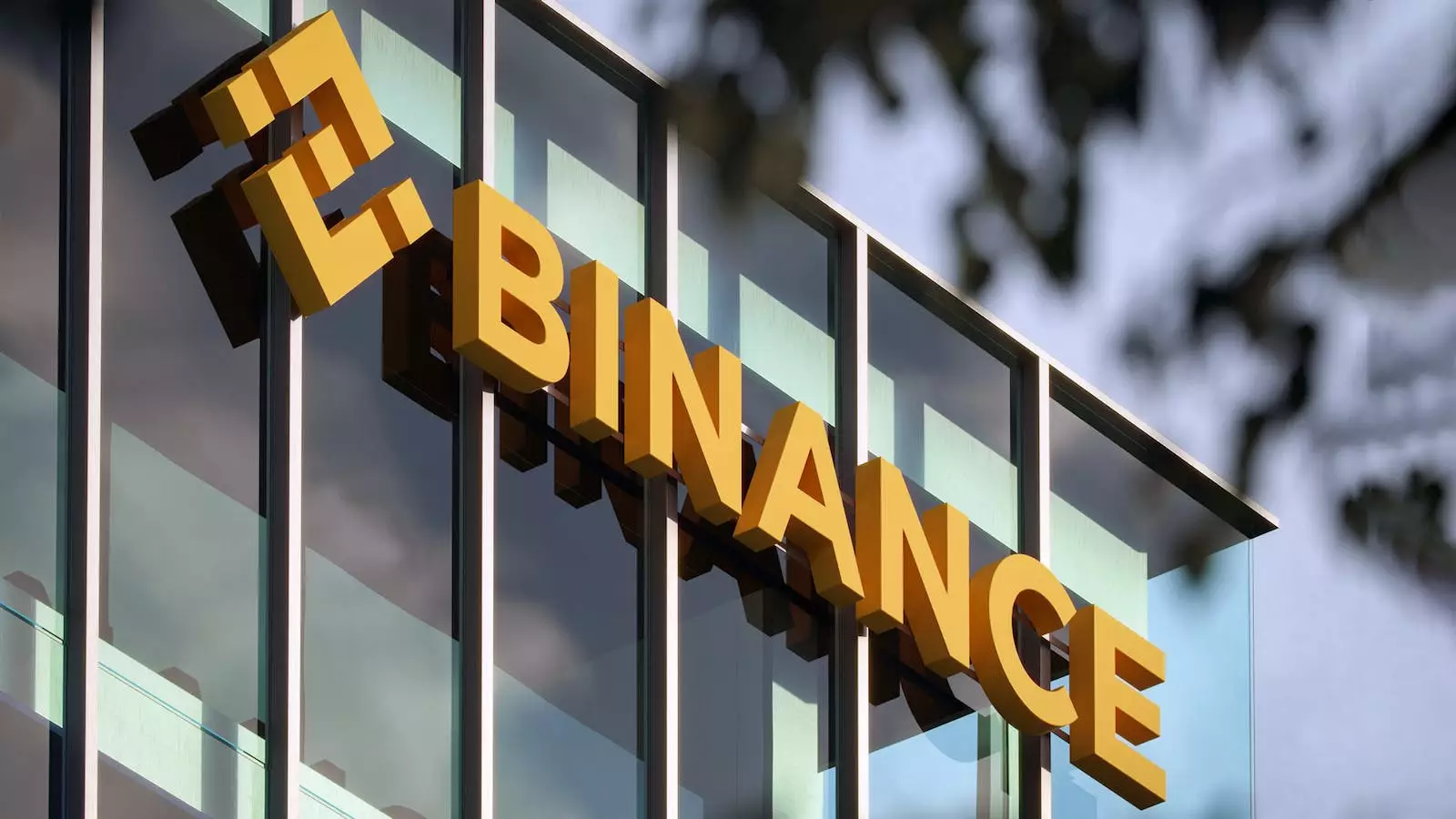Binance, one of the leading cryptocurrency exchanges, has recently made an announcement regarding the halt of 39 liquidity mining pools. This decision comes after a thorough assessment of the platform’s liquidity mining performance. According to Binance, the objective of this action is to concentrate liquidity for users, optimizing their trading experience and minimizing issues related to price and slippage. As a result, these 39 liquidity pools will cease their operation on September 1, 2023.
For users of Binance’s Liquid Swap, this decision means they will no longer be able to add liquidity to the affected pools starting from today. However, it is important to note that the existing liquidity within these pools will remain accessible, ensuring that users can continue to engage in trading activities. Additionally, users are still given the opportunity to redeem and withdraw their assets from the respective pairs on Binance Spot before the closing date on September 1, 2023.
Despite the discontinuation of these 39 liquidity pools, Binance assures users that it will not impede trading activities for other respective pairs on Binance Spot. Users will still have the ability to trade on other liquidity pools that remain available within the platform’s ecosystem.
While grappling with the repercussions of halting liquidity pools, Binance faces mounting regulatory pressures that have begun to take a toll on its business operations. Particularly, the exchange has caught the attention of Visa and Mastercard, who are gradually severing their ties with Binance due to numerous regulatory actions initiated by the US Securities and Exchange Commission (SEC). One of these allegations suggests that Binance has been conducting an unregistered business, disseminating misleading information to investors about the risks associated with the company.
Furthermore, the US Commodity Futures Trading Commission (CFTC) has lodged multiple charges against Binance, accusing the exchange of willfully evading US law. To exacerbate matters, rumors are circulating that the US Department of Justice is conducting an investigation into Binance, contemplating charging the exchange with fraudulent activities.
As if these challenges were not enough, Binance recently declared on X (formerly Twitter) that the Binance Card, the exchange’s payment card, will no longer be available to users in Latin America and the Middle East. The reasons behind this decision remain undisclosed, leaving users in those regions disappointed and disillusioned.
Binance’s decision to halt 39 liquidity mining pools has significant implications for its users and trading activities. Despite assuring users that trading will not be hampered for other respective pairs, the discontinuation of these liquidity pools raises questions about Binance’s ability to maintain a seamless trading experience. Furthermore, Binance’s ongoing regulatory challenges, including the actions taken by Visa, Mastercard, SEC, and CFTC, cast a shadow of doubt over the exchange’s operations and reputation. Coupled with the sudden removal of Binance Card availability in Latin America and the Middle East, it remains to be seen how Binance will navigate these challenges and regain trust from both its users and the wider cryptocurrency community.
Featured image from The Information, chart from Tradingview.com.

